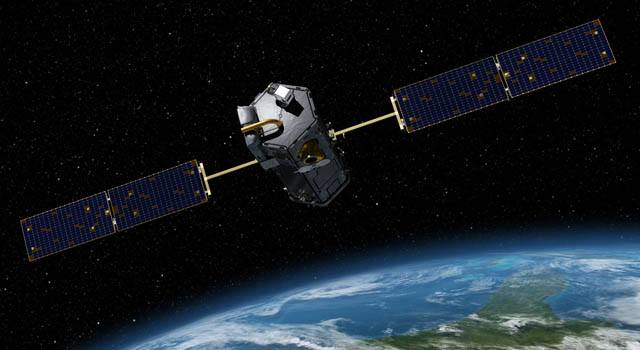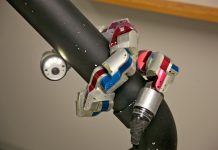KB Arsenal will be presenting a blueprint for this technology in 2018, if the project is successful it will be the first nuclear-powered satellite in space since the nuclear-powered satellite made by the USSR in 1988.
According to reports, the blueprint presented in 2018 by KB Arsenal, will include technical specifications, as well as orbits for the possible deployment of space nuclear power plant.
In addition, to be nuclear-powered, the satellite will have a laser system which will be used to recharge other satellites and spacecraft in orbit. A Russian space agency called Roscosmos has allegedly made a contract with KB Arsenal, a research installation based out of St. Petersburg to build the new satellite.
According to technology magazine, Popular Mechanics using lasers to power and recharge is a concept that has been around for quite a while. According to a report from Russia Today (RT), Roscosmos is devising a nuclear reactor with a power output in a range of 100 kW and 1,000 kW. Allegedly, the project for the satellite was revealed when KB Arsenal was brought in to study the ‘space nuclear power plant’.
Popular Mechanics notes as an example a demonstration made by Lockheed Martin in which electrical powered drones were charged in mid-air. The method of recharging chosen by Lockheed Martin at that time were focused laser beams pointed at a photovoltaic cell within the aircraft.
Russia Today, in addition to Popular Mechanics remarks, mentions both Russia and the US have tested nuclear options for space flight in the past. However, the Soviet Union used nuclear technology in more than 30 missions. Apparently, KB Arsenal was chosen for this project by Roskosmos because they had previous experience with nuclear-related technology including the Topaz reactor, (a device that under high temperature, inside a vacuum tube, converts heat into electricity) which was tested on satellites in the 1980s.
Russia Today’s report also included Russia’s interest on nuclear propulsion systems for space. This method of propulsion could prove to be useful for profound space missions. Solar panels, however, are more advantageous for orbital satellites, according to RT’s report. It remains unclear whether the nuclear propulsion project will end up as a concept or as a working model.



















